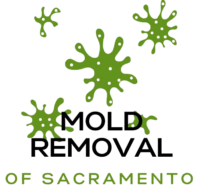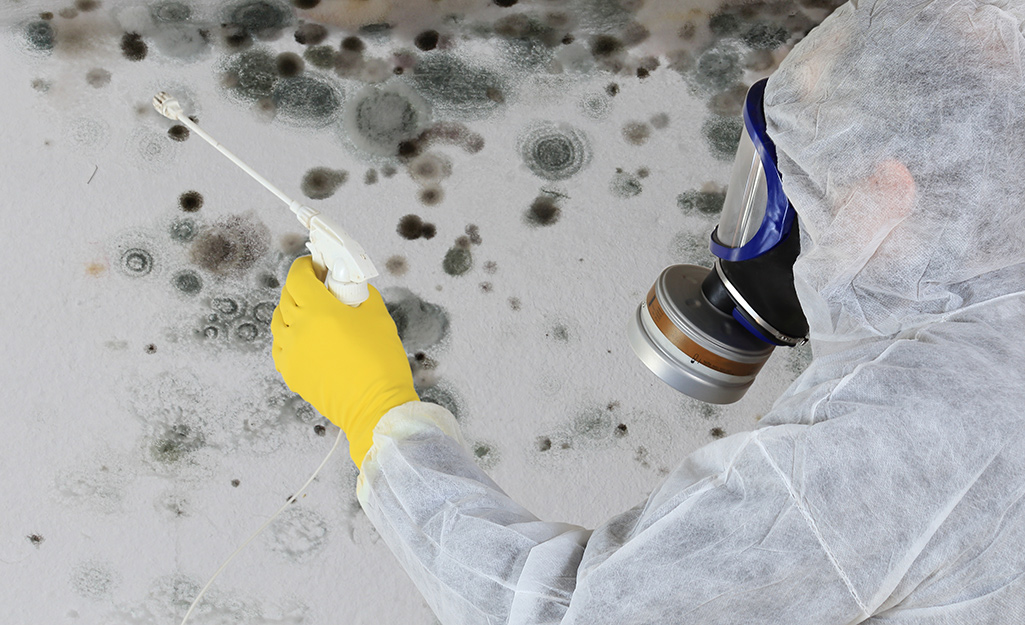Mold, a common household problem, is not just unsightly; it can also pose health risks and damage your property. If you suspect mold growth in your home, it’s essential to address it promptly. However, tackling mold removal requires careful consideration and safety precautions. In this blog, we will guide you on how to identify and remove mold from your home while emphasizing the importance of professional assistance when necessary.
Identifying Mold
Mold can thrive in various environments, especially those with moisture issues. Here’s how to identify potential mold problems in your home:
- Visual Inspection: Mold often appears as black, green, or gray spots on walls, ceilings, and other surfaces. It can have a fuzzy or slimy texture.
- Musty Odor: Mold emits a distinct musty or earthy smell. If you notice such odors, investigate the source.
- Water Leaks: Mold often grows near water sources. Check for signs of leaks in your plumbing, roof, or around windows and doors.
- Condensation: High-humidity areas like bathrooms and kitchens are prone to mold growth. Look for condensation on windows and surfaces.
- Allergic Reactions: If you or your family members experience unexplained allergic symptoms like sneezing, coughing, or skin irritation, mold may be the culprit.
Professional Inspection
While you can identify visible mold, it’s crucial to seek professional inspection for a comprehensive assessment. Certified mold inspectors have the tools and expertise to locate hidden mold, test its type and toxicity, and provide recommendations for remediation.
Removing Mold Safely
Once you’ve identified mold in your home, follow these steps to remove it safely:
- Safety First: Mold spores can be harmful if inhaled or come into contact with your skin. Wear protective gear, including gloves, goggles, and an N95 respirator mask.
- Isolation: Seal off the affected area to prevent mold spores from spreading to other parts of your home. Use plastic sheeting and tape to create a containment area.
- Ventilation: Ensure adequate ventilation by using fans and opening windows, if possible, to reduce the concentration of mold spores in the air.
- Moisture Control: Identify and address the source of moisture that led to mold growth. Repair leaks and use dehumidifiers to reduce humidity.
- Cleaning: Clean the mold-infested surfaces using a mild detergent and water. Scrub gently to avoid dispersing spores. Dispose of cleaning materials and any porous items that cannot be cleaned.
- HEPA Vacuuming: Use a vacuum with a HEPA filter to remove remaining mold spores from surfaces and surrounding areas.
- Disposal: Seal moldy materials in plastic bags before disposal to prevent further contamination.
Professional Mold Remediation
While DIY mold removal can be effective for small, isolated cases, extensive or recurring mold problems warrant professional mold remediation for several reasons:
- Safety: Certified professionals have the training and equipment to handle mold safely, minimizing health risks.
- Thoroughness: Professionals can locate hidden mold, ensuring complete removal and reducing the risk of recurrence.
- Prevention: Experts can identify the root cause of mold growth and recommend measures to prevent future infestations.
- Efficiency: Professional remediation is often faster and more efficient, minimizing disruptions to your daily life.
Preventing Mold
Prevention is the best defense against mold. Here are some preventive measures to keep mold at bay:
- Control Moisture: Address any leaks, fix plumbing issues promptly, and use dehumidifiers in areas prone to high humidity.
- Proper Ventilation: Ensure good airflow in your home, especially in bathrooms, kitchens, and basements.
- Regular Inspection: Conduct regular visual inspections of your home for signs of mold or water damage.
- Immediate Cleanup: Clean and dry any spills or water damage within 24-48 hours to prevent mold growth.
- Proper Insulation: Ensure proper insulation to prevent condensation on walls and ceilings.
- Use Mold-Resistant Materials: When renovating or remodeling, consider using mold-resistant materials in moisture-prone areas.
Conclusion
Mold in your home is a serious issue that should not be ignored. While identifying and removing mold can be done in some cases, it’s crucial to prioritize safety and consider professional assistance when dealing with extensive or recurring mold problems. Professional mold inspectors and remediation specialists have the expertise to handle mold issues safely and effectively.
Remember that prevention is key. By controlling moisture, ensuring proper ventilation, and conducting regular inspections, you can reduce the risk of mold growth in your home, creating a safer and healthier living environment for you and your family.
Mold Remediation Sacramento https://www.moldremediationsacramentoca.com

